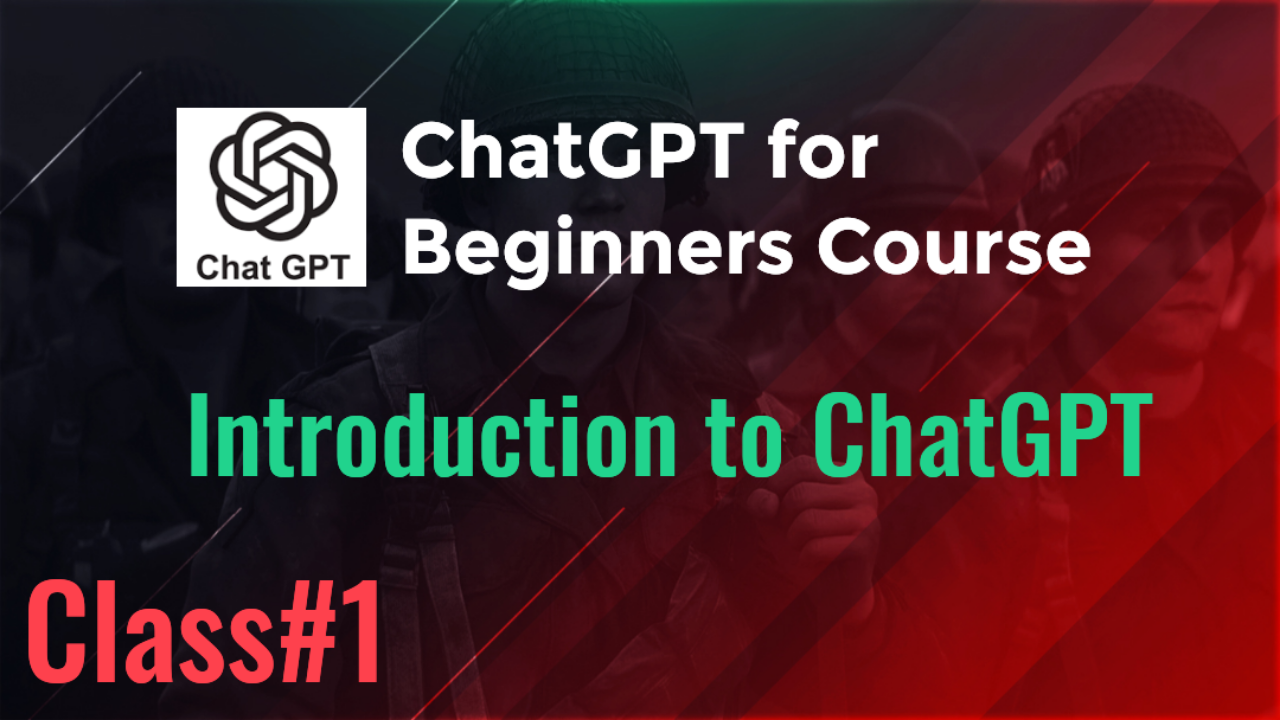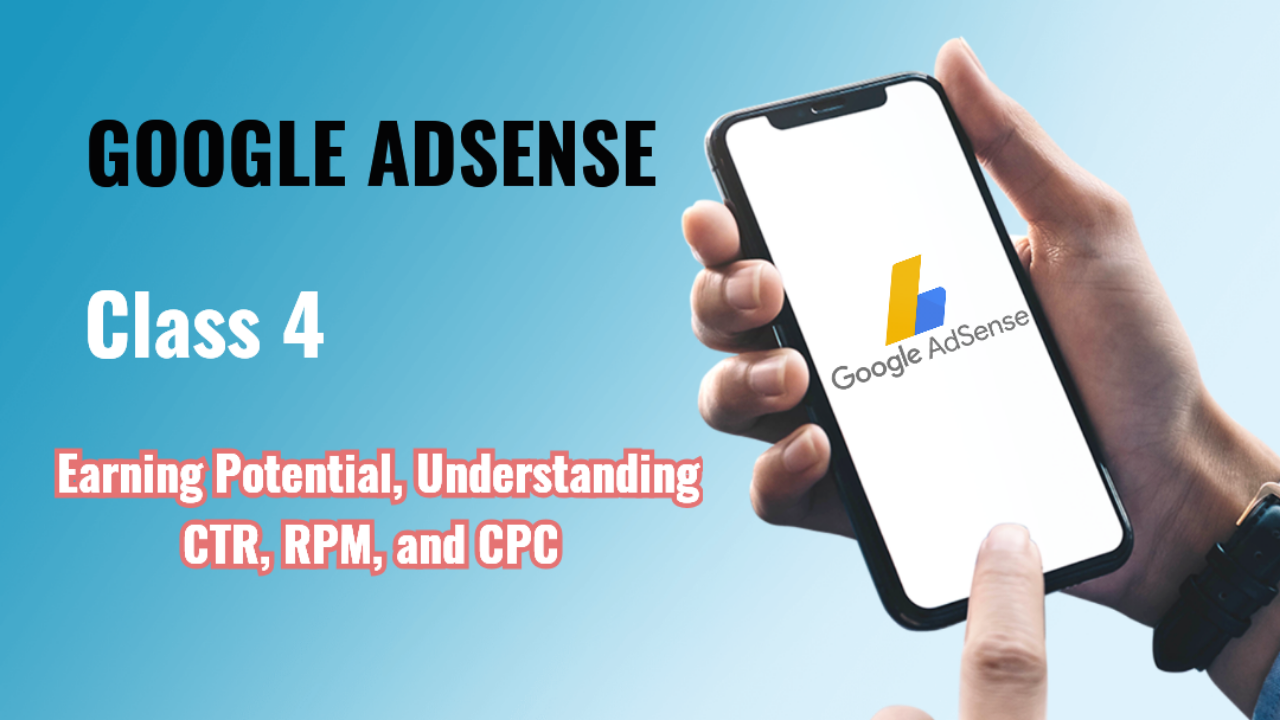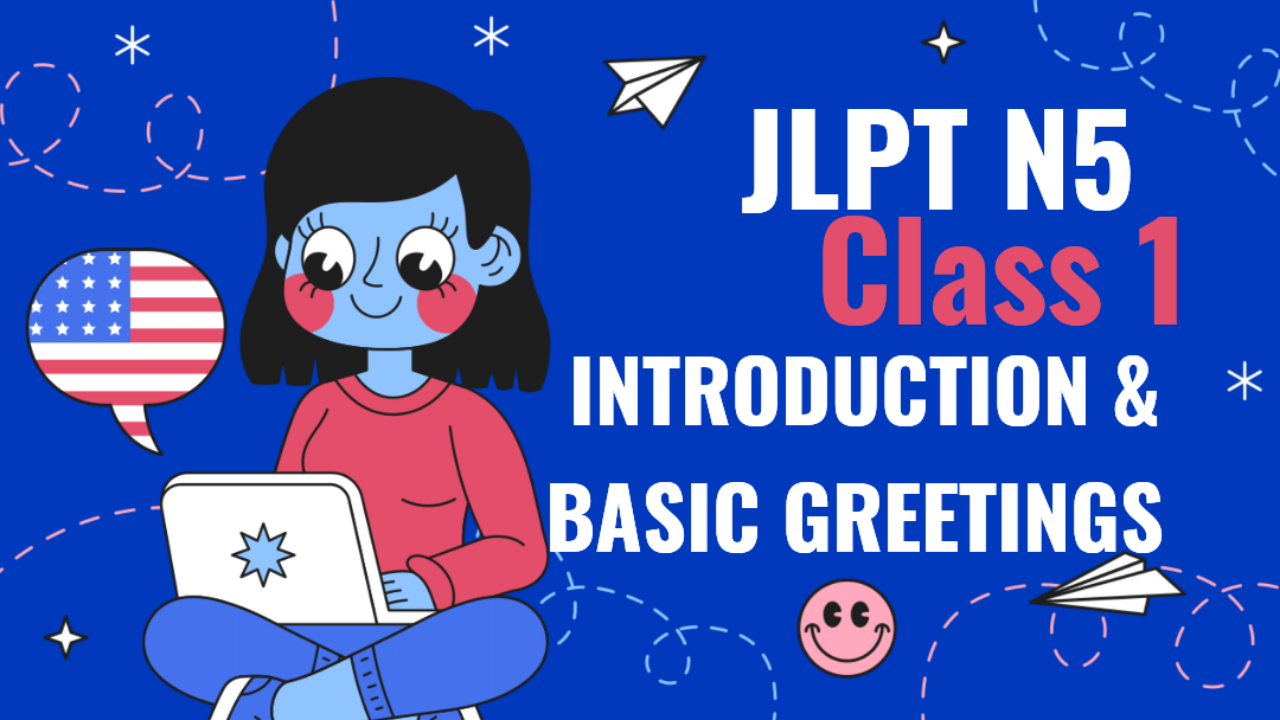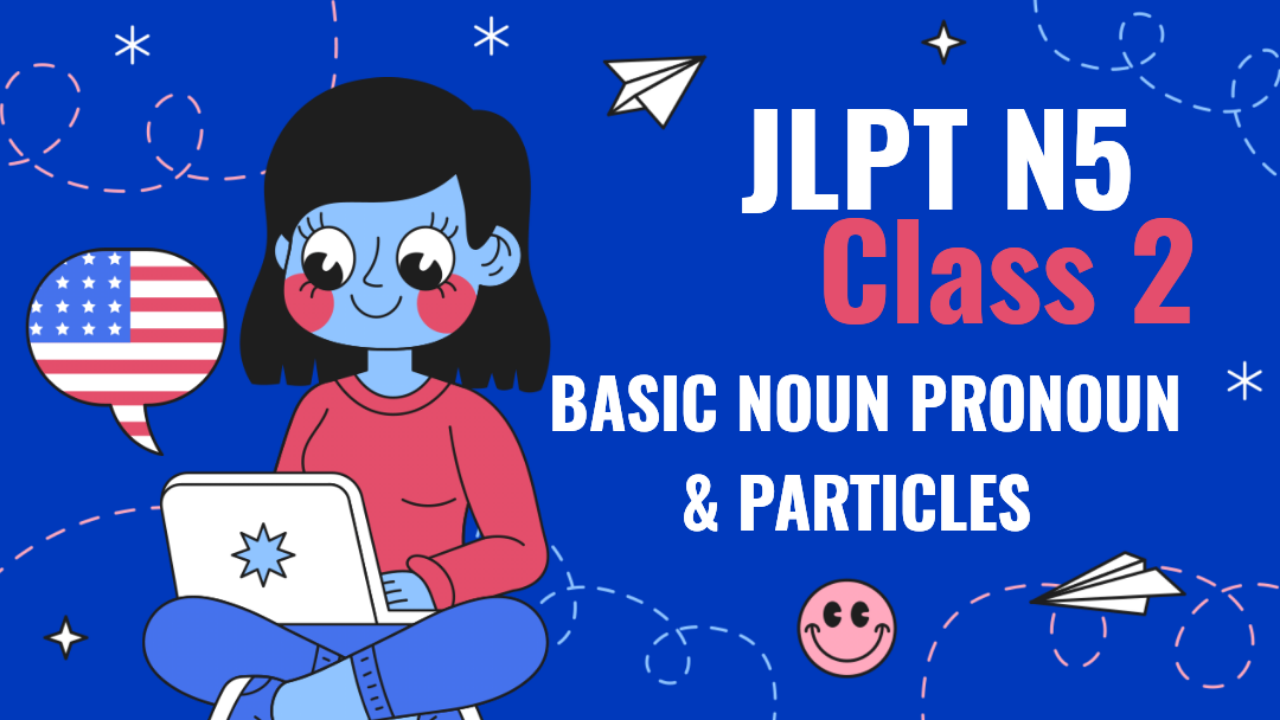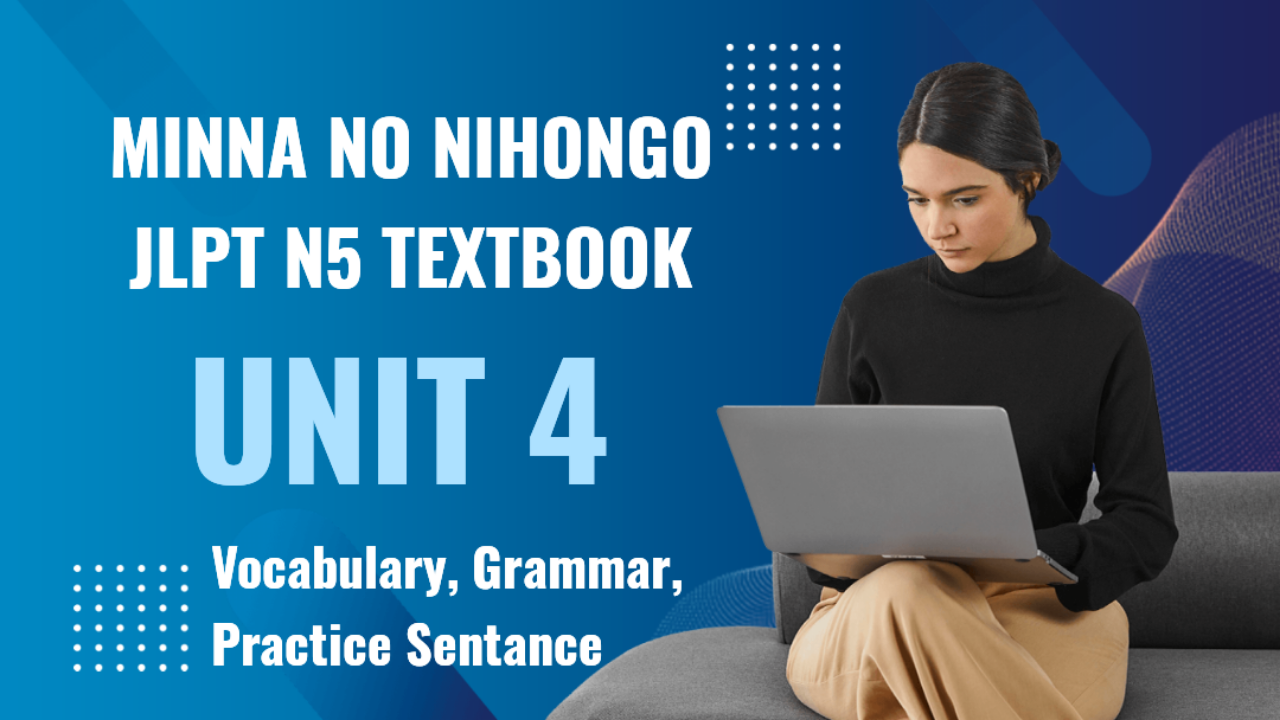Class for IGNOU MBA Subject MMPC-07: Business Communication
Unit 12: Communication for Employment
1. Introduction to Communication for Employment
Effective communication plays a crucial role in the employment process, from job hunting and resume writing to interviews and workplace interactions. Understanding how to communicate clearly and professionally can make a significant difference in career progression, job search outcomes, and overall professional success.
2. Importance of Communication in the Employment Process
-
First Impression: Communication is key to creating a positive first impression with potential employers.
- Example: A well-written cover letter can set a candidate apart from others.
-
Clear Conveyance of Skills: Effective communication allows job seekers to clearly convey their skills, experience, and qualifications.
- Example: A detailed resume listing all relevant qualifications and professional achievements.
-
Professionalism: Communication that is professional and polished demonstrates the candidate’s competence and suitability for the role.
- Example: A formal email follow-up after an interview.
-
Negotiation Skills: Strong communication skills are also important for salary negotiations and discussing employment terms.
- Example: Discussing salary expectations or work conditions during an interview or job offer.
3. Types of Employment-Related Communication
-
Resume Writing:
- A resume is a concise document that outlines a candidate’s education, work experience, skills, and qualifications.
- Key Elements:
- Contact information
- Career objective or summary
- Professional experience
- Education
- Skills
- Certifications or achievements
- Example: A resume tailored to a marketing manager position, highlighting relevant experience in digital marketing and team management.
-
Cover Letters:
- A cover letter is a personalized letter sent with a resume to introduce the applicant and explain why they are a good fit for the job.
- Key Elements:
- Introduction: Briefly introduce yourself and mention the position.
- Body: Explain why you are a good fit for the position, referencing your experience and skills.
- Closing: Politely express enthusiasm for the opportunity and a desire for further discussion.
- Example: A cover letter expressing interest in a project management role and highlighting successful past projects.
-
Job Interviews:
- The job interview is a face-to-face or virtual conversation where the employer assesses the applicant’s fit for the role.
- Key Elements:
- Preparation: Research the company and the role.
- Communication: Answer questions clearly and concisely, emphasizing skills and experiences relevant to the position.
- Body Language: Maintain good posture, eye contact, and active listening.
- Example: Answering an interview question about handling difficult team members by giving a specific example of conflict resolution.
-
Job Offers and Negotiations:
- Communication during the job offer process includes salary negotiations and clarification of job terms.
- Key Elements:
- Polite and respectful tone
- Justification for salary requests
- Clarity in discussing benefits or contract terms
- Example: Responding to a job offer email by thanking the employer and negotiating for a higher salary based on market research.
4. Techniques for Effective Communication in Employment
-
Tailoring Communication: Customize resumes and cover letters for each job application to better align with the employer’s needs.
- Example: Tailoring a resume for a data analyst role by emphasizing statistical skills and relevant software expertise.
-
Clear and Concise Writing: Use clear and concise language in resumes, cover letters, and emails.
- Example: Instead of writing “I was responsible for overseeing and managing a team of 5 employees on various projects,” use “Managed a team of 5 to successfully complete projects on time.”
-
Polite and Professional Tone: Always use a formal, professional tone when communicating with potential employers.
- Example: “I am writing to follow up on my application for the marketing manager position. I look forward to hearing from you soon.”
-
Practice for Interviews: Rehearse responses to common interview questions to improve clarity and confidence during the interview.
- Example: Practicing answers to questions like “What are your strengths and weaknesses?” or “Where do you see yourself in five years?”
-
Listening Skills: Active listening is critical during job interviews and negotiations. It demonstrates respect and helps in responding appropriately.
- Example: Listening carefully to a job offer and asking clarifying questions if any terms are unclear.
5. Types of Job Applications
-
Speculative Applications:
- A job application sent without a specific job advertisement, where the candidate expresses interest in working for the company.
- Example: Sending a resume and cover letter to a company even though there are no open positions listed.
-
Responding to Job Advertisements:
- Applications made in response to a specific job posting that outlines the desired skills and qualifications.
- Example: Applying for an advertised graphic designer role by submitting a tailored resume and portfolio.
-
Internal Job Applications:
- Employees applying for roles within their current organization.
- Example: An internal application for a promotion or transfer within the same company.
6. Formats for Employment Communication
-
Resume Format:
- Chronological Format: Lists work experience starting with the most recent.
- Functional Format: Focuses on skills and achievements, rather than a strict timeline of work history.
- Combination Format: Merges both chronological and functional elements.
- Example:
John Doe Address | Phone | Email Objective: Marketing Manager with 5+ years of experience in digital strategy. Work Experience: - ABC Corp, Marketing Specialist (2019-2023) - XYZ Ltd., Digital Marketer (2016-2019) Education: - MBA, Marketing (2015)
-
Cover Letter Format:
- Introduction: Explain who you are and what position you are applying for.
- Body: Highlight your relevant skills and experience.
- Closing: Express enthusiasm for the position and a desire for an interview.
- Example:
Dear Hiring Manager, I am writing to express my interest in the Marketing Manager position at ABC Corp. With over five years of experience in digital marketing and a track record of successful campaigns, I believe I can bring significant value to your team. Sincerely, John Doe
-
Interview Communication Format:
- Verbal and Non-Verbal Communication: Answer clearly, maintain eye contact, and listen attentively.
- Follow-Up: Send a polite thank-you email after the interview to show appreciation for the opportunity.
- Example:
Dear Mr. Smith, Thank you for taking the time to interview me for the Marketing Manager role. I appreciate the opportunity to learn more about ABC Corp, and I am excited about the possibility of joining your team. Best regards, John Doe
7. Case Study and Experiment
Case Study 1: Success through Tailored Applications
An applicant used a generic resume and cover letter for months without success. After tailoring each application to the specific job and company, they received multiple interview offers within weeks, demonstrating the power of customization in communication.
Experiment 1: Mock Interview Practice
Students conducted mock interviews with each other and found that those who practiced their responses beforehand performed better in real interviews, highlighting the importance of preparation.
8. Assignment Questions
- Discuss the importance of communication in securing employment. Provide examples.
- Create a tailored resume and cover letter for a hypothetical job application.
- Write a follow-up email after a job interview, thanking the employer and expressing continued interest in the position.
9. Self-Study Questions
- What are the essential components of a professional resume?
- How does a well-written cover letter improve your chances of being shortlisted for an interview?
- What communication strategies are most effective during a job interview?
10. Exam Questions
- Explain the role of communication in the job application process. How can effective communication improve job prospects?
- Compare different formats of resumes and discuss when each is appropriate.
- Analyze the impact of follow-up communication after an interview on the overall job search process.
This class on Unit 12: Communication for Employment covers all aspects of communication in the employment process, including resume writing, cover letters, interviews, and job offers. It also includes practical examples, case studies, and exercises to help students master the essential communication skills needed for career success.


